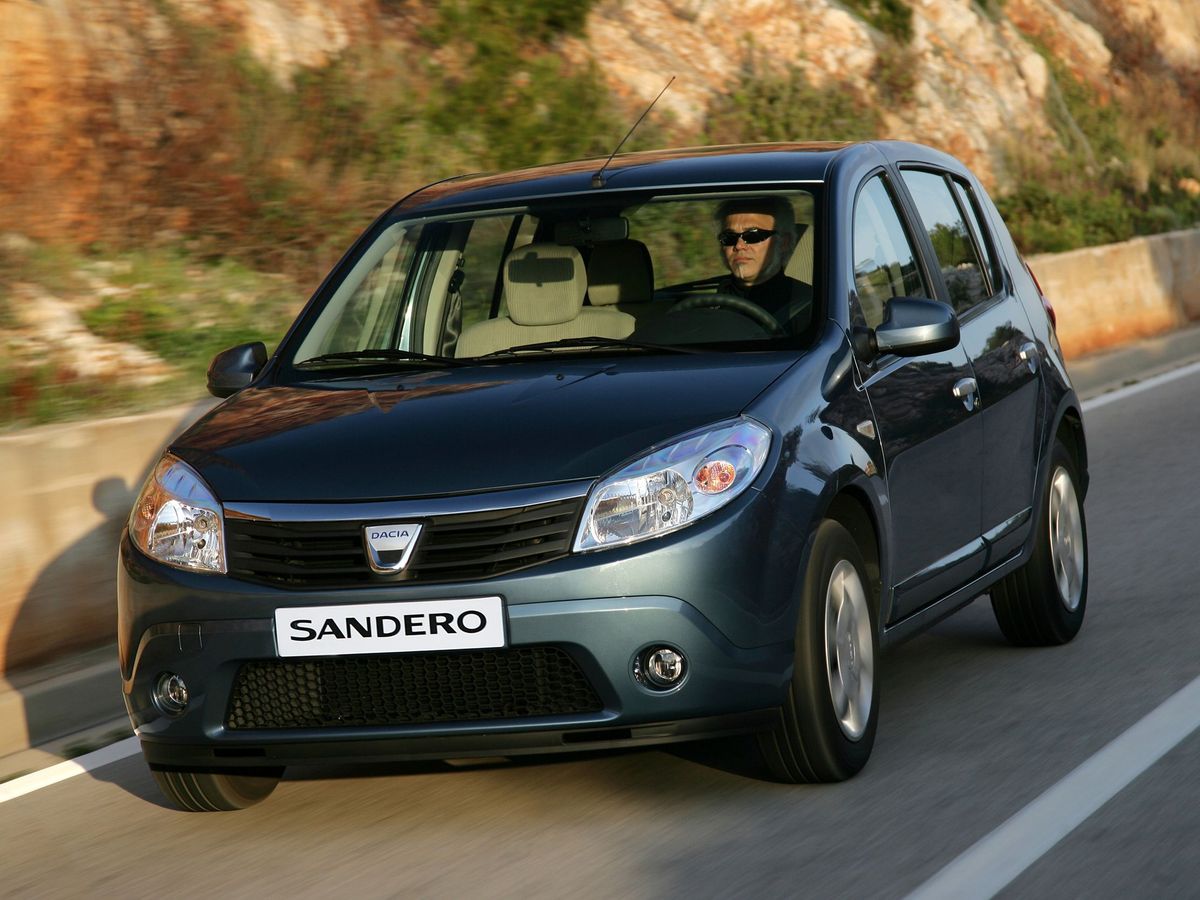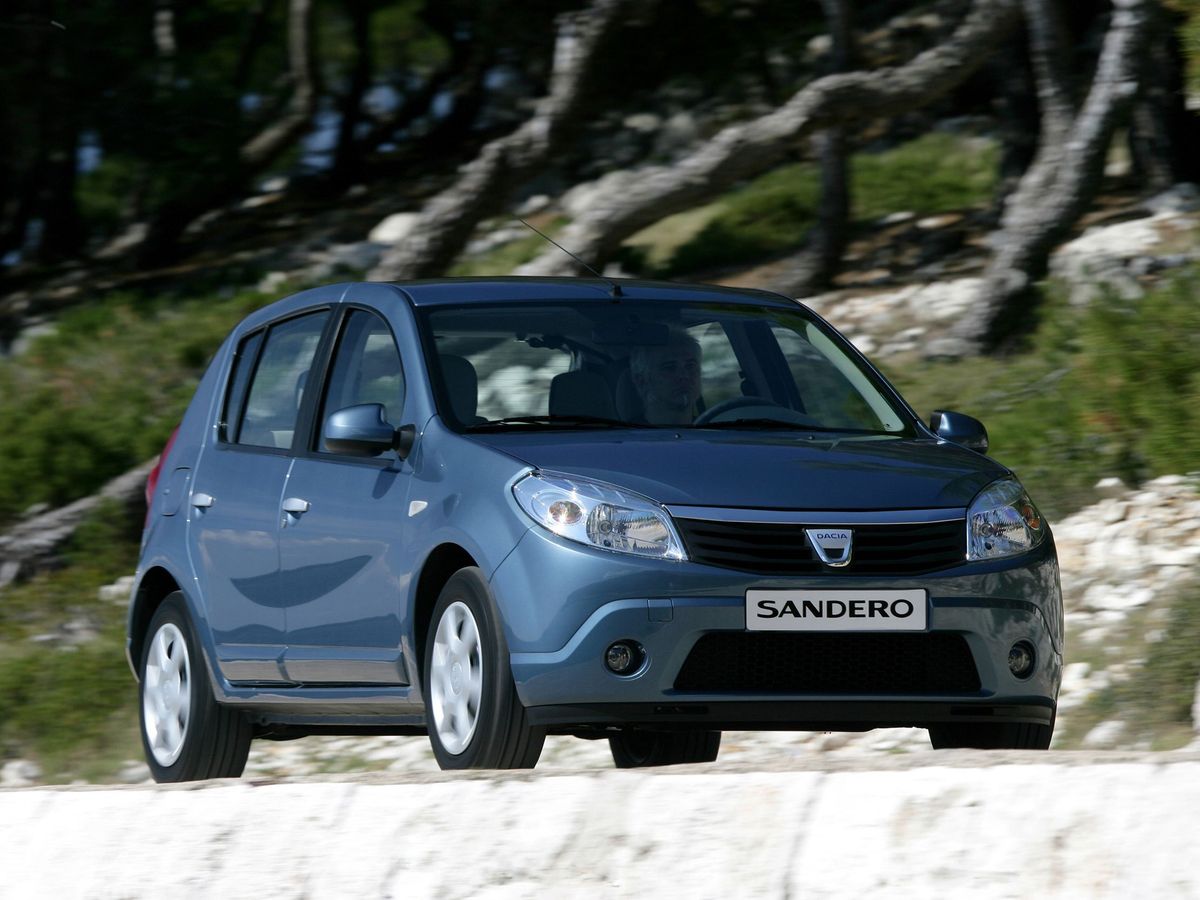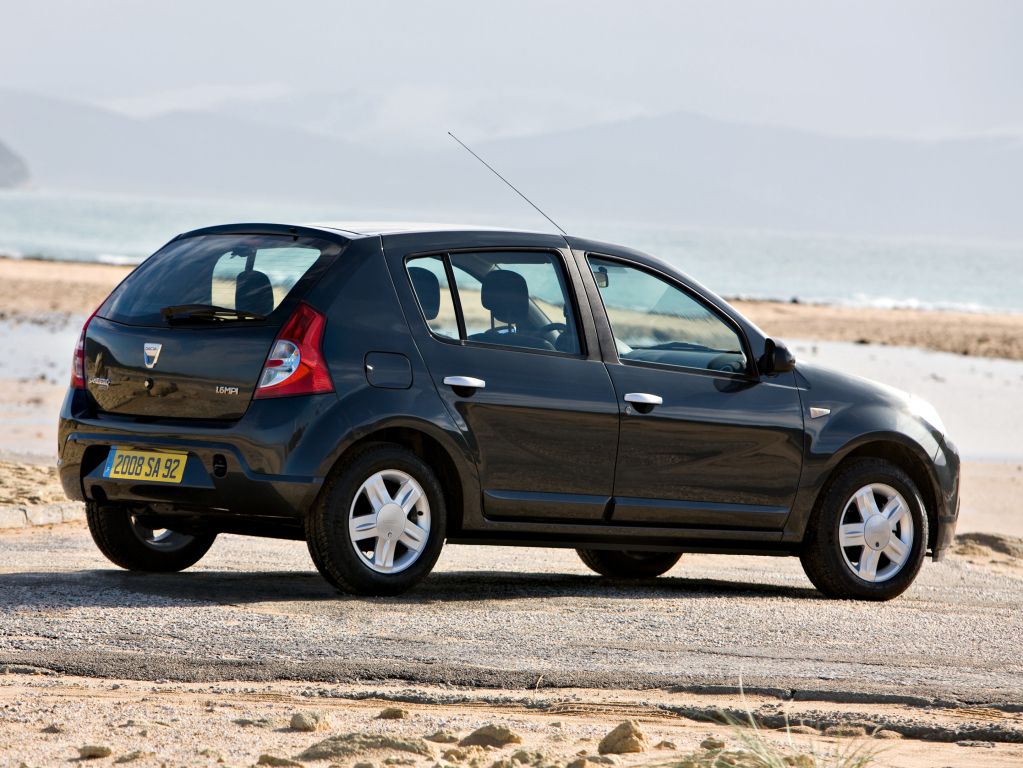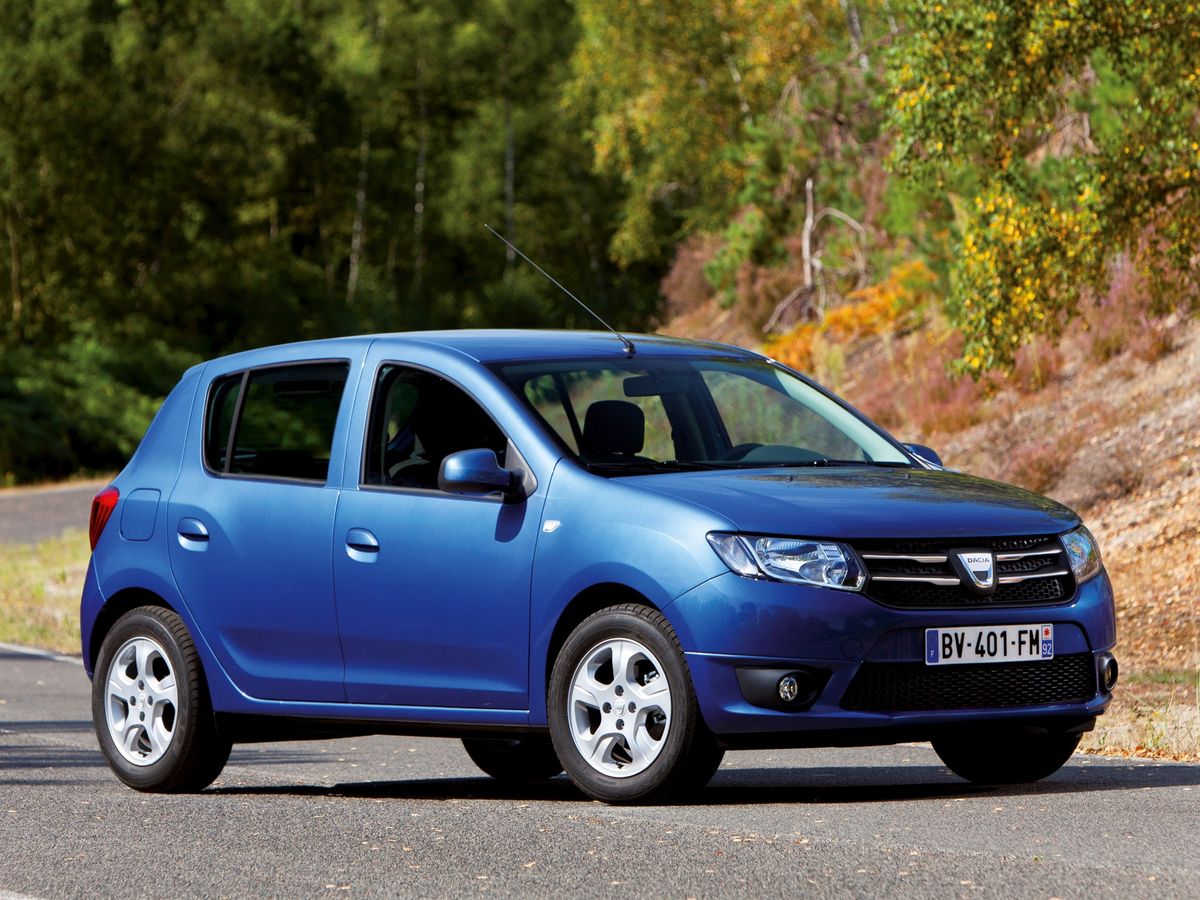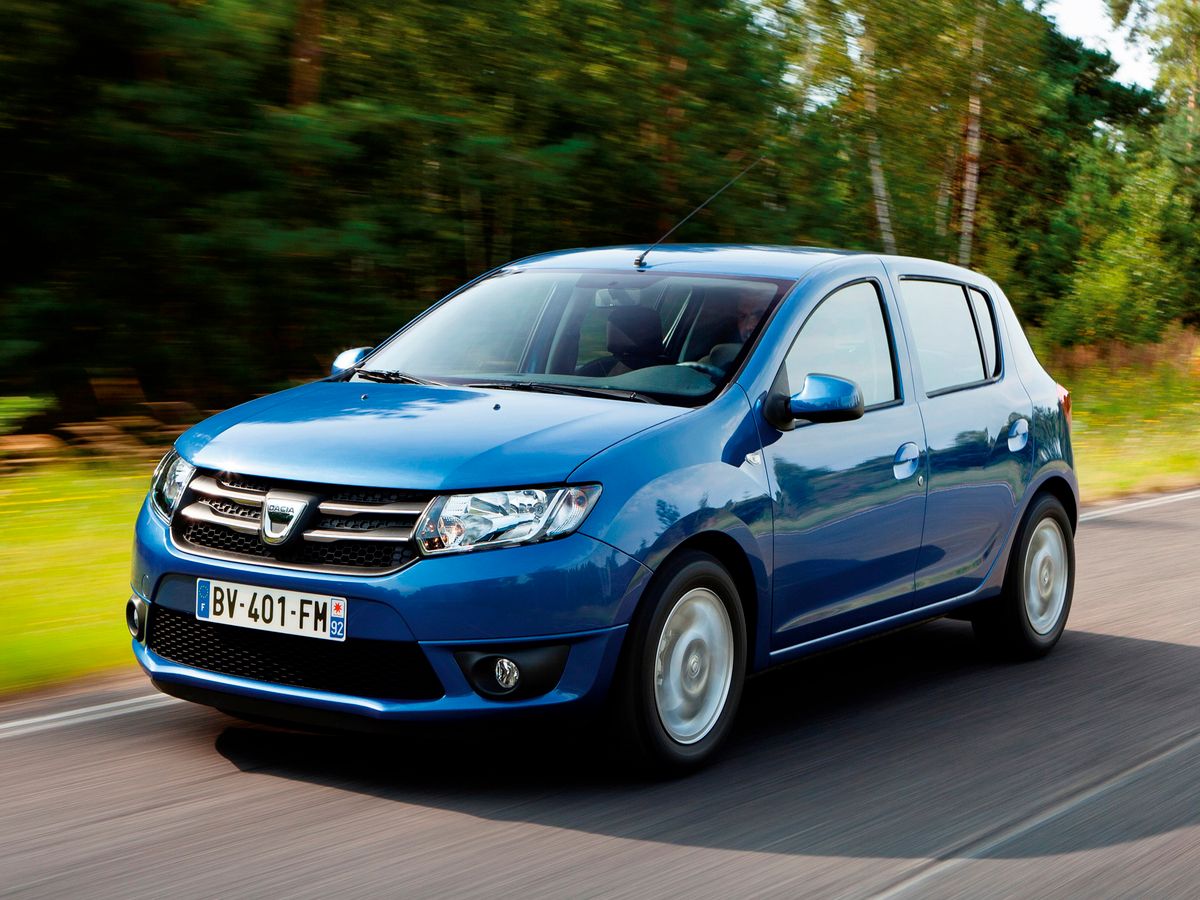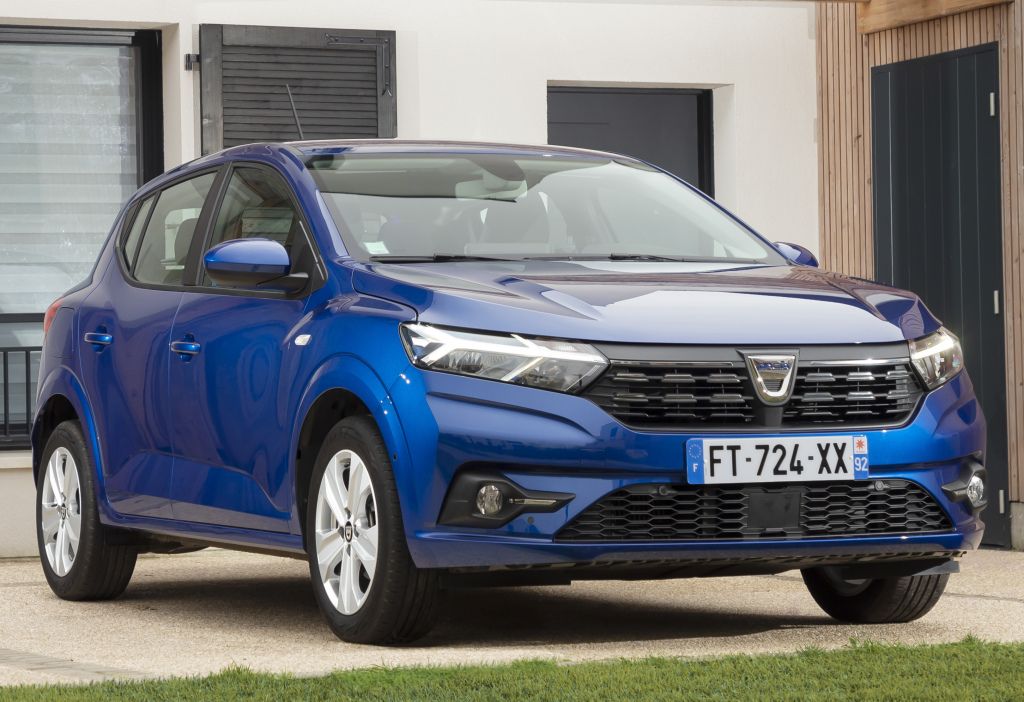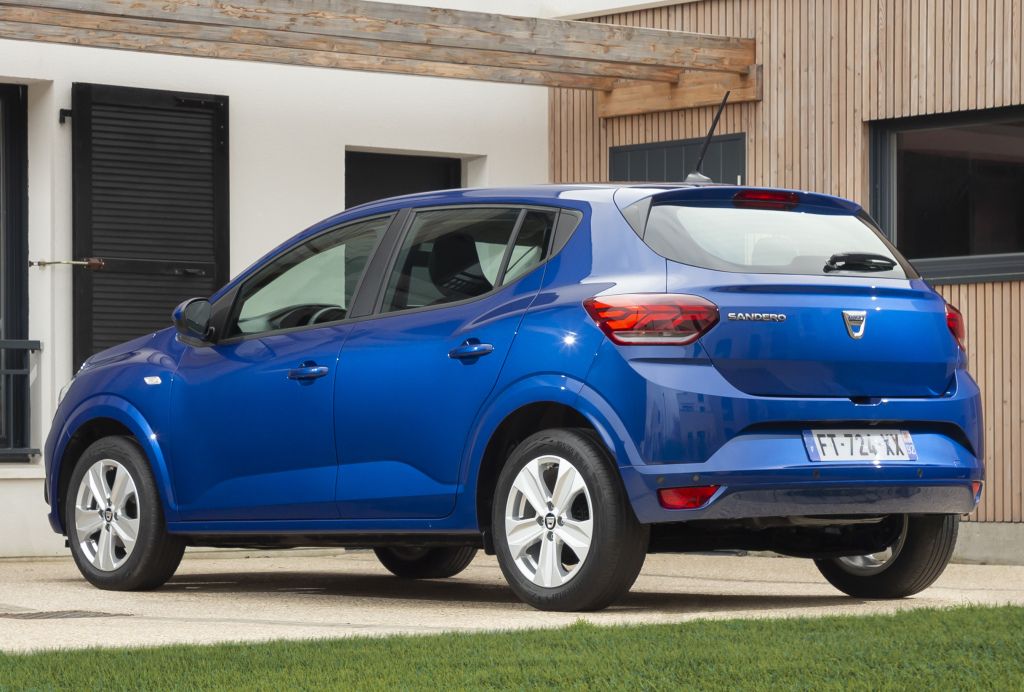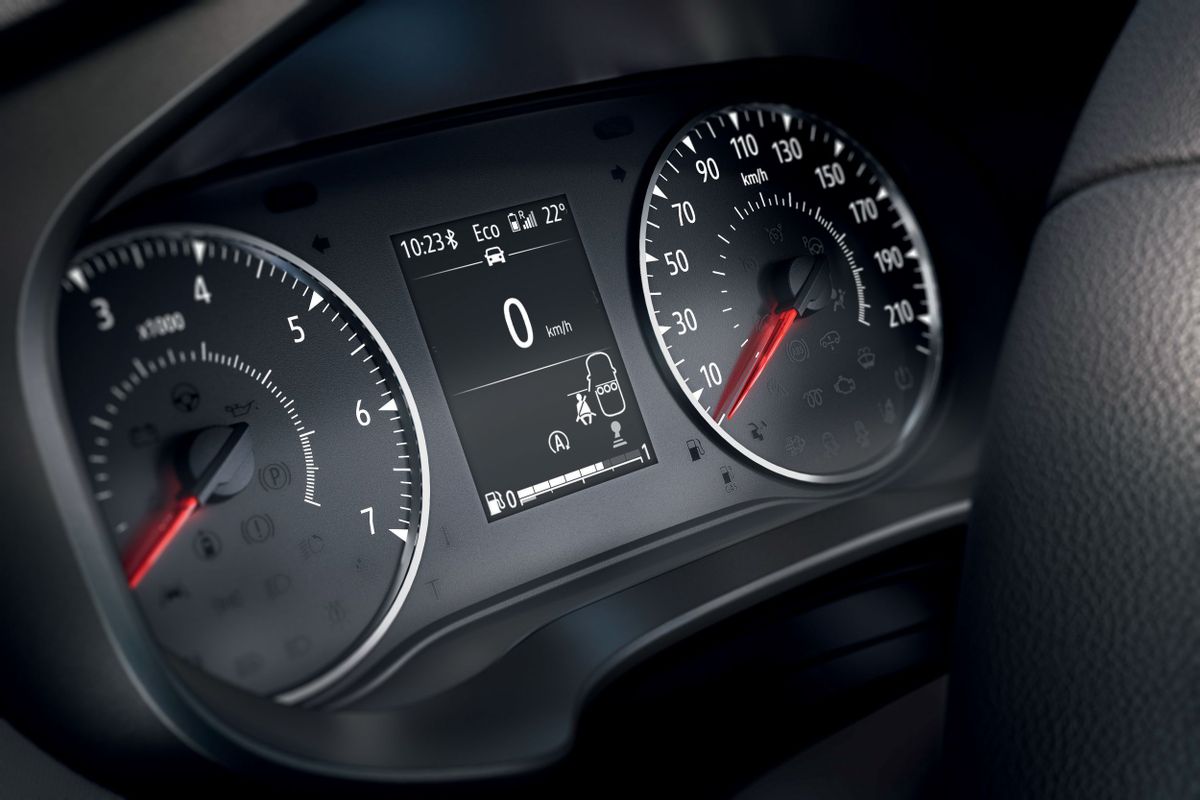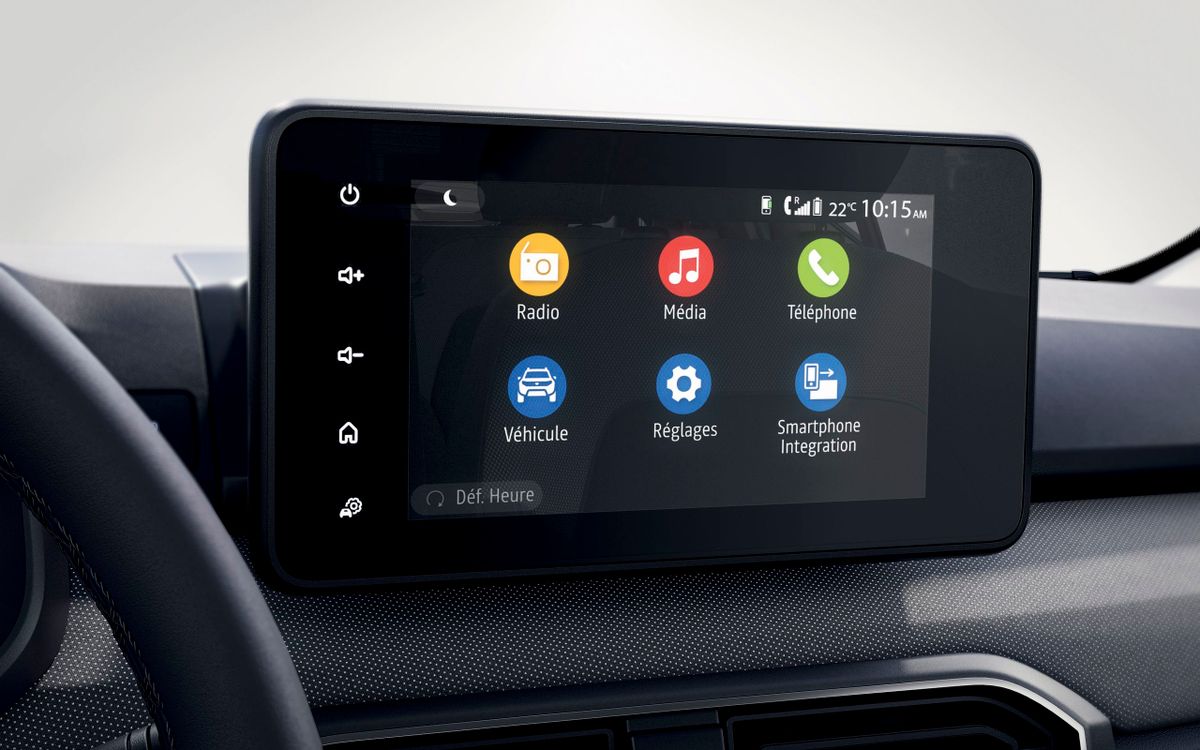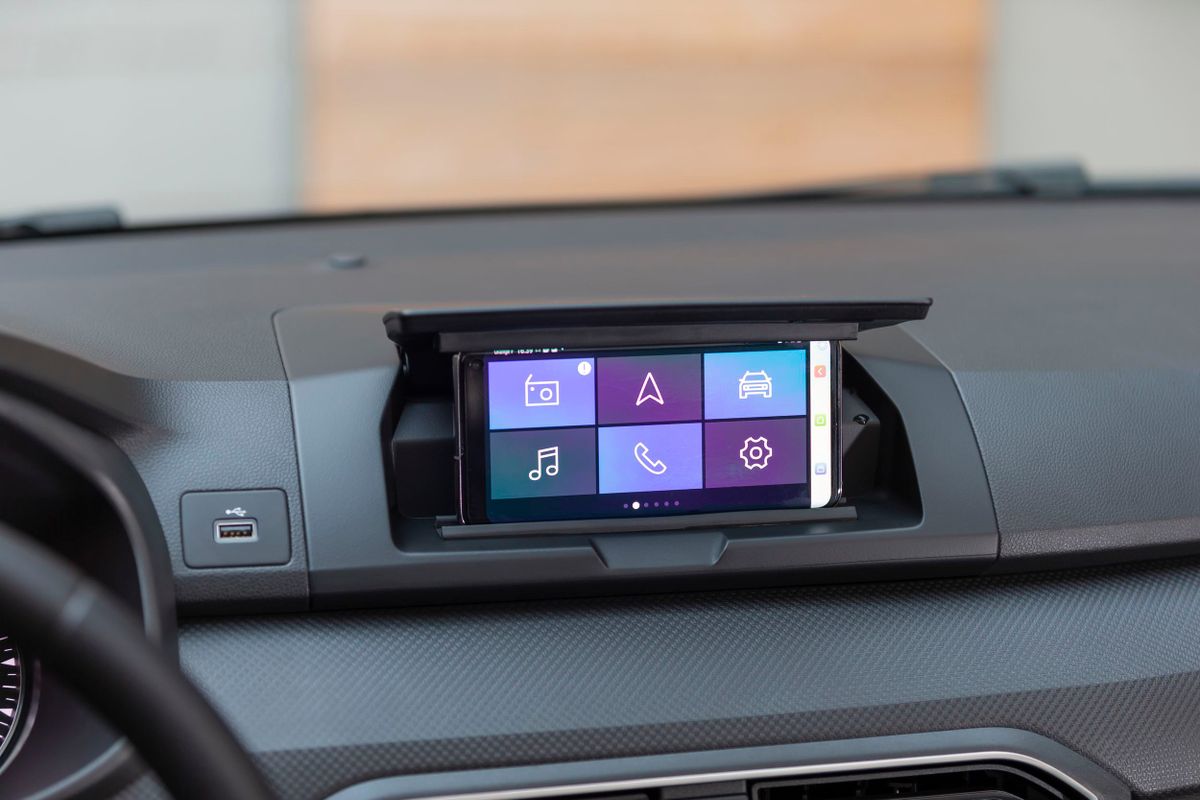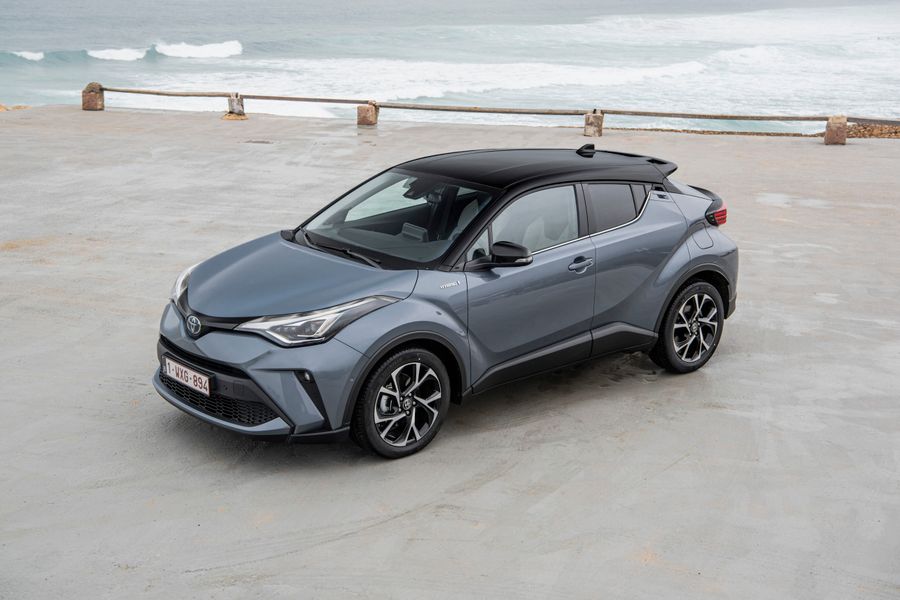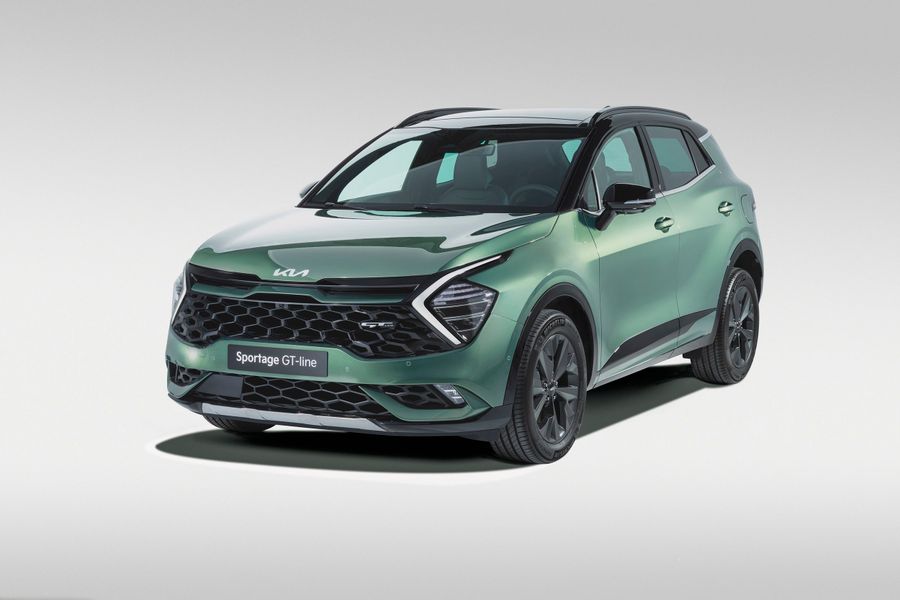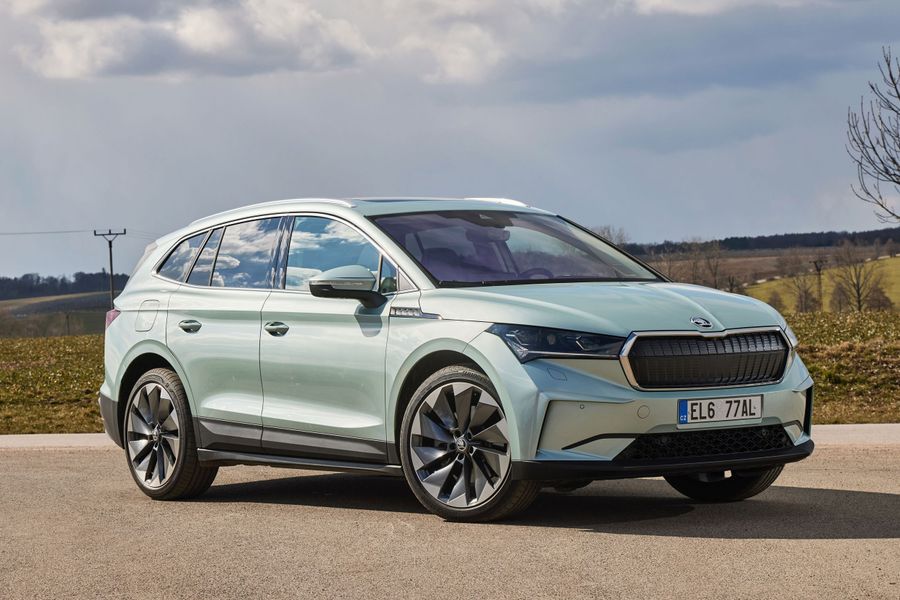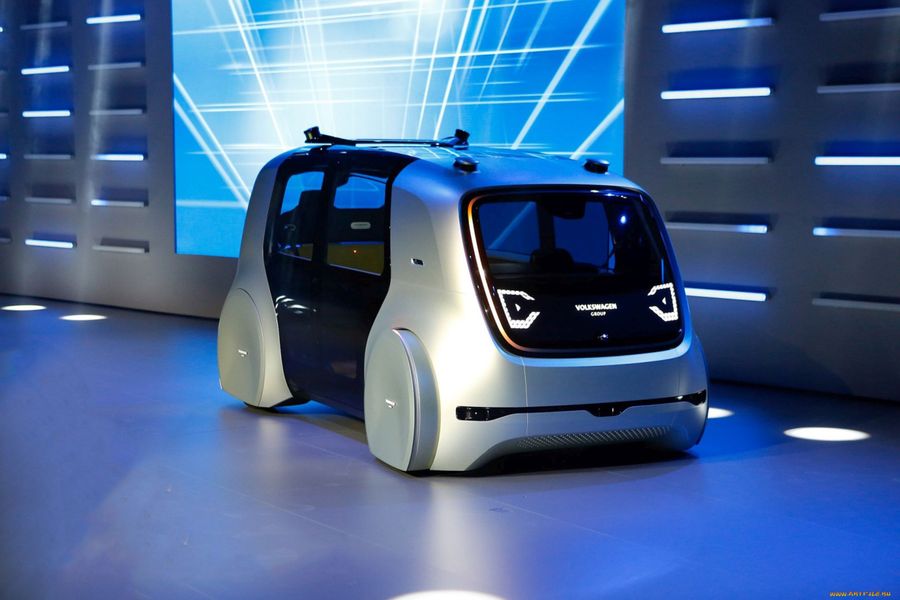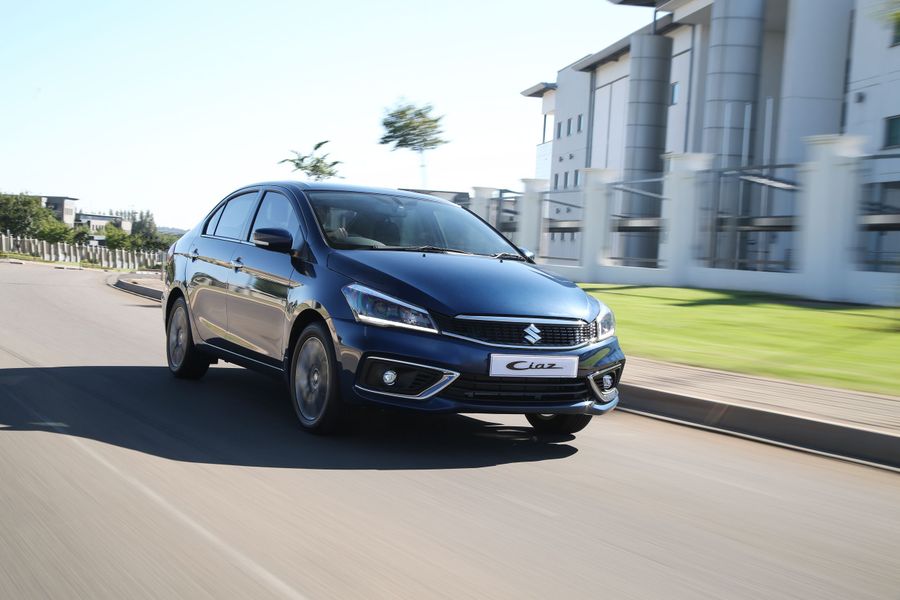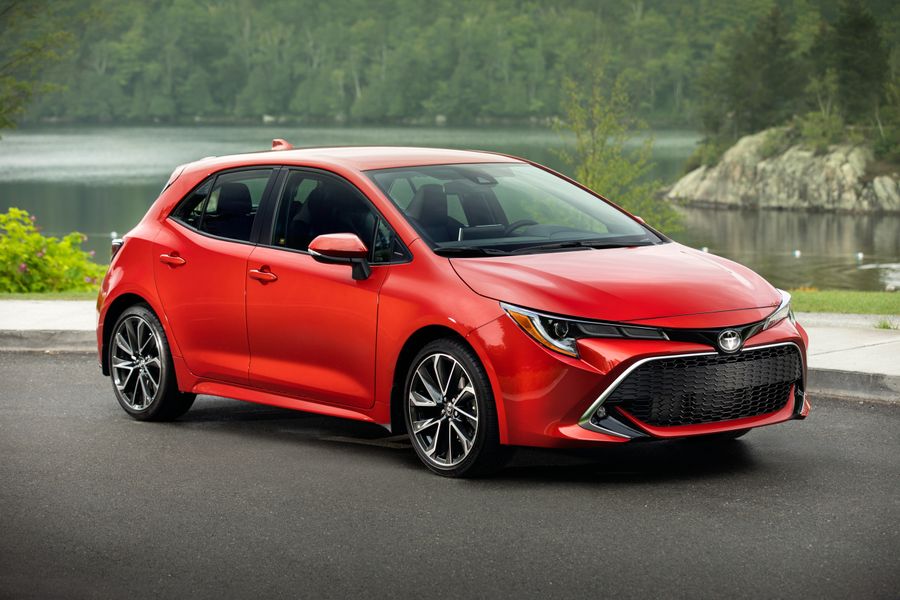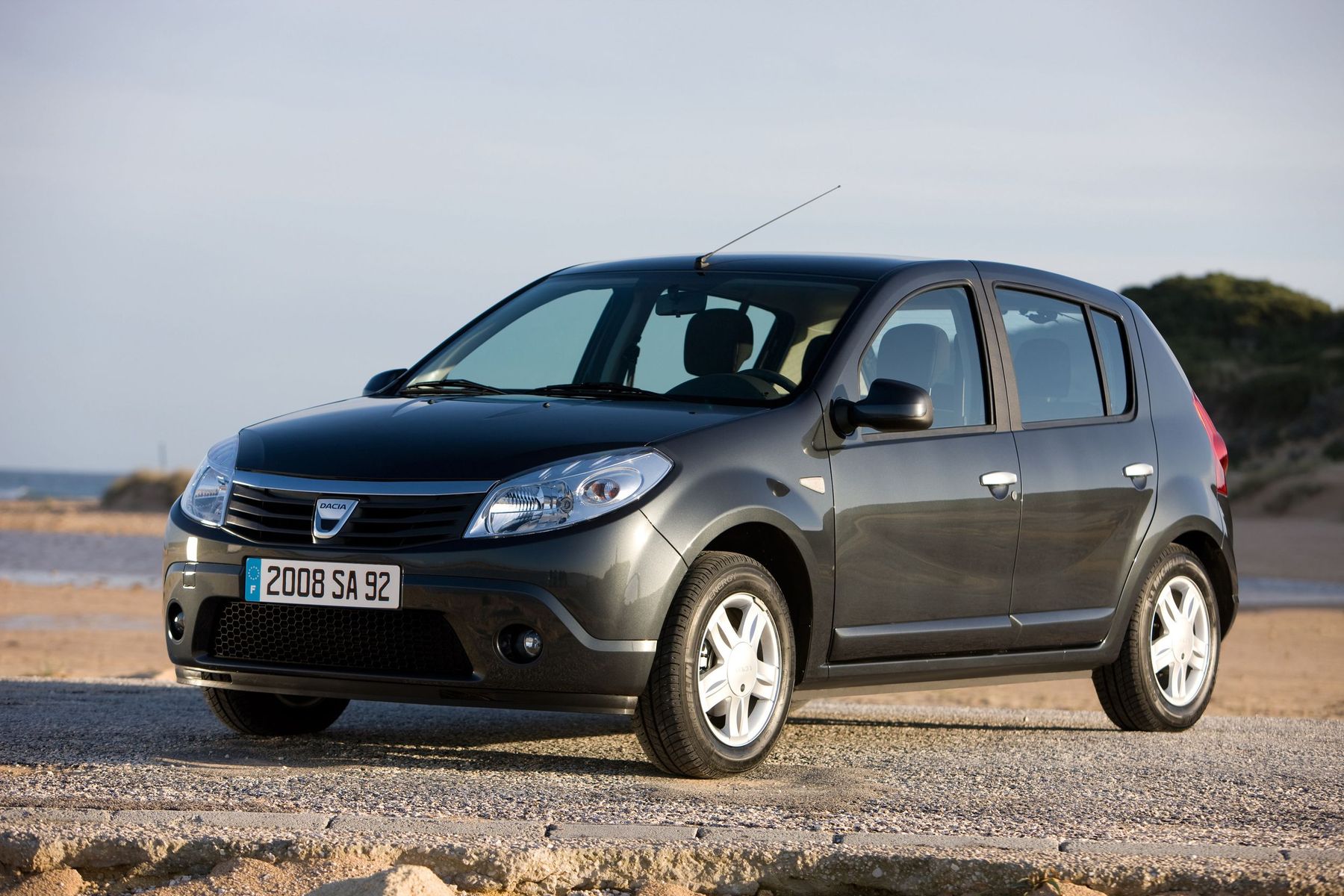
Practical and unpretentious
The Dacia Sandero is a subcompact five-seater five-door hatchback built on the Dacia Logan chassis. In 2021, the market can offer the third generation of this affordable car, equipped with a turbocharged petrol engine.
The first generation
It was produced from 2008 to 2012. The first Sandero is the ‘brother’ of the popular and inexpensive Logan sedan, produced under the Renault and Dacia brands (in Europe). The models are unified by about 70%, share a range of engines and transmission. However, the first generation Sandero had a shorter wheelbase of 2,591 mm (the Logan had 2,630 mm) and a more ‘energetic’ exterior, inspired by the Renault Scenic.
In 2007, the manufacturer started the full-scale production of Sandero at the Ayrton Senna plant in Curitiba (Brazil). In 2008, the car appeared in Argentina. The European premiere of Dacia Sandero took place at the 2008 Geneva Motor Show. In 2008, its serial production (under the Dacia brand) began in Romania, then in other countries.
The car was 4,020 mm long, 1,753 mm wide and 1,534 mm high, with a ground clearance of 155 mm. The hatchback was really small, weighing from 1,025 to 1,204 kg. It came standard with a 1.4-liter 8-valve petrol engine with 75 hp, whereas the ‘older’ 1.6-liter engine was offered in 8-valve (84 hp) and 16-valve (102 hp) modifications. The version with a 1.6-liter 16-valve engine was available with both manual and automatic transmissions. The trunk compartment offered a maximum capacity of 1,200 liters (minimum 320 liters). The car was produced in three trim levels.
The second generation
It was produced from 2012 to 2020, and was restyled in 2016. In the fall of 2012, a new generation of the Logan sedan and Sandero hatchback was unveiled at the Paris Motor Show. The car conquered not only South America, but also the more demanding Great Britain: in January 2013, What Car? magazine named the Sandero the best supermini under £12,000. Over the next two years, the car proved its advantages by winning the award again.
The Sandero was 4,057 mm long, 1,733 mm wide and 1,523 mm high, with a wheelbase of 2,589 mm. It weighed, depending on the trim level, from 1,016 to 1,237 kg. The hatchback could be equipped with one of the following engines: 0.9-liter (3-cylinder) petrol engine, two 1.2-liter and 1.6-liter 4-cylinder engines, as well as a 1.5-liter diesel engine.
The third generation
The third generation Sandero was introduced in September 2020 and has been on the market since December. The hatchback looks more harmonious and stylish, better proportioned, smoother and more dynamic due to the sloping roof, embossed sidewalls and convex fenders. The expressive front face is decorated with standard LED headlights (the manufacturer claims that they are 37% more powerful than the previous halogen ones) with navigation lights in an unusual shape resembling a tree branch.
The new Dacia Sandero hatchback now has a slightly longer wheelbase (2,604 mm instead of 2,589 mm) and has become a bit longer (4,088 mm instead of 4,069 mm). The ground clearance is 162 mm, and the trunk volume reaches 310 liters. Expensive versions got an electric fifth door lock.
The hatchback looks more harmonious and stylish, as well as better proportioned.
The new Dacia Sandero is built on a more modern CMF platform, which makes it akin to the Renault Clio and Nissan Micra. The car features a MacPherson strut suspension at the front and a semi-independent beam suspension at the rear. The car has acquired the electric power steering, which improves handling.
The new Dacia Sandero comes only with 1-liter 3-cylinder engines. The basic naturally-aspirated 1.0 SCe (65 hp) engine is coupled with a 5-speed manual transmission, whereas the 1.0 TCe turbo engine (90 hp) is paired with a 6-speed manual gearbox or CVT. And there is also a gas modification Eco-G: the same turbo engine can run on propane, producing 100 hp (comes with a manual transmission only).
As for the trim levels, the 2020/2021 Dacia Sandero designed for the European market comes standard with six airbags, seat belts with front and rear pretensioners, an automatic braking system (works at speeds up to 170 km/h) and blind spot monitoring system, as well as a cruise -control and speed limiter. The list of options includes climate control, electric handbrake, rain sensor, reversing camera, start-stop system and front and rear parking sensors. Plus, for the first time, there is a chance to have a sunroof.


